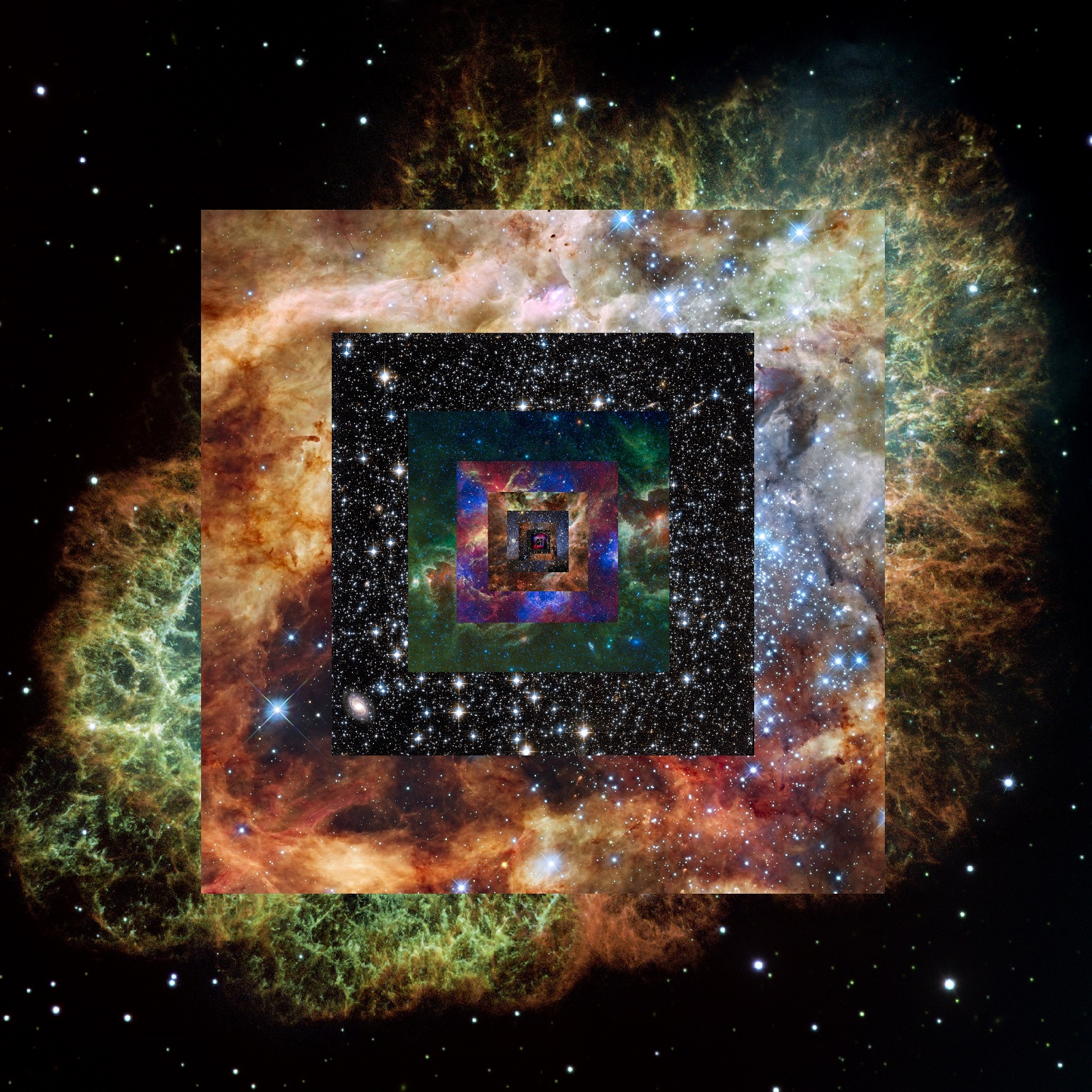
In the realm of the unknown, conspiracy theories have found a fertile ground to grow, often weaving complex narratives that challenge established beliefs and institutions. While some theories can be easily dismissed as baseless, others carry an element of fear and intrigue that can be hard to shake off. This article dives into some of the most unsettling conspiracy theories and the psychological and social factors that sustain them.
The New World Order: A Global Regime
The New World Order theory suggests that a secretive power elite with a globalist agenda is conspiring to eventually rule the world through an authoritarian world government. This theory is potent due to its ability to incorporate virtually any event into its narrative, fueling a perpetual sense of mistrust towards governments and international institutions.
The Illuminati: Puppet Masters
This theory posits that the Illuminati, an Enlightenment-era secret society, continues to operate and control world events. Believers suggest that they manipulate economies, influence governments, and even engineer wars to establish a New World Order. The Illuminati conspiracy theory has been amplified by popular culture and continues to be a cornerstone of many other conspiracy theories.
Chemtrails: Toxic Skies
The Chemtrails theory suggests that the condensation trails left by high-flying aircraft consist of chemical or biological agents deliberately sprayed for sinister purposes undisclosed to the public. This theory fuels the fear of environmental manipulation, despite being debunked by multiple scientific studies.
The Reptilian Elite: Non-Human Rulers
Perhaps one of the most bizarre theories, the Reptilian Elite conspiracy theory suggests that shapeshifting reptilian creatures control Earth by taking on a human form and gaining political power. While scientifically unfounded, the theory plays into ancient human fears of non-human entities influencing human society.
The HAARP Project: Weather Control
The High-Frequency Active Auroral Research Program (HAARP) has been the subject of various conspiracy theories. Some believe that the U.S. government uses the project to control weather patterns, trigger natural disasters, or even manipulate human minds. While officials have repeatedly dismissed these claims, the theory persists due to the project’s secretive nature and the potential implications of such technology.
Conclusion: Fear, Uncertainty, and the Power of Conspiracy Theories
While these conspiracy theories can be chilling, it is crucial to approach them with critical thinking and scientific reasoning. Often, they emerge from feelings of fear and uncertainty, providing seemingly straightforward explanations to complex problems. As we navigate the information age, fostering media literacy and promoting open, evidence-based dialogue is key to dispelling unfounded conspiracies and addressing the legitimate concerns that often underlie them.



